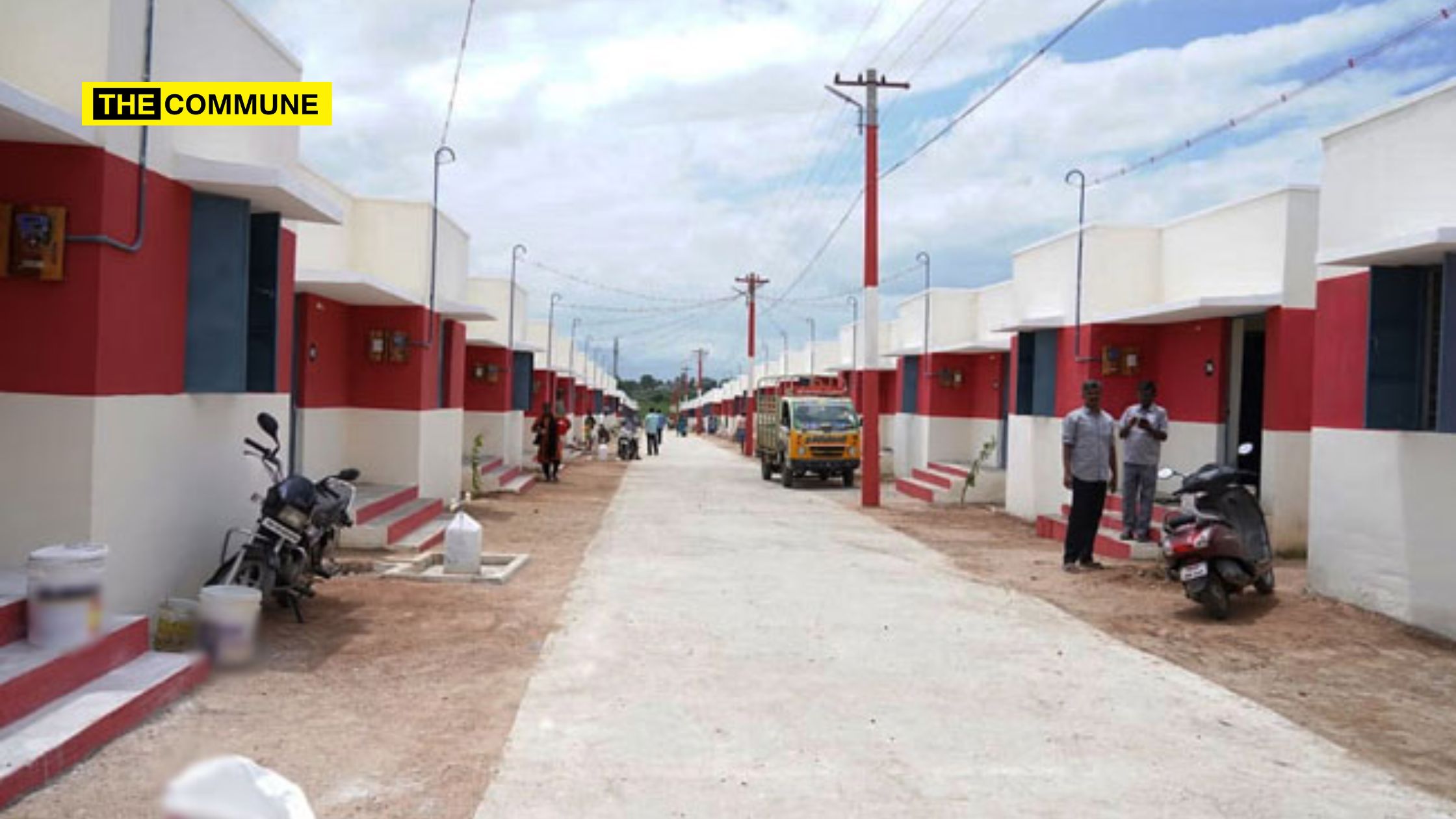
The Tamil Nadu government is scouting for property near the Kottapattu Sri Lankan Tamil refugee camp in Tiruchi district to build new homes for the refugees living there.
There are 107 rehabilitation camps for Sri Lankan Tamil refugees in the state. Most of these camps came into existence in 1987.
The rehabilitation camps at Kottapattu in Tiruchi district and Mandapam in Ramanathapuram district are among the biggest refugee camps in the state.
The camp at Kottapattu has 470 houses and about 1,200 Sri Lankan refugees. The refugees have filed several petitions and appeals regarding the deteriorating conditions of the houses and the need to construct new ones.
After detailed studies and based on field reports of the condition of the camps, it was found that many houses in the refugee camps were unsuitable for living.
Based on this study and the inmates’ demands, the Commissionerate of Rehabilitation and the Welfare of Non-Resident Tamils has decided to build new houses at Kottapattu.
A recent high-level meeting at the Tamil Nadu Secretariat has given the go-ahead for constructing new houses. According to the information available, the state government has sanctioned Rs 30 crore for the construction of the new houses and land is being identified for this project.
Sources in the Tamil Nadu government told IANS that construction would soon commence and that the Commissionerate has already shortlisted a few lands near the present Kottapattu refugee camp. The official sources also said that the camp inmates would not be disturbed until the completion of new houses and would continue to live in the existing ones.
The officials said they would move to the new campus after allocating new houses only. It may be recalled that after the assassination of former Prime Minister Rajiv Gandhi by the Liberation Tigers of Tamil Eelam (LTTE), some of the Sri Lankan Tamil refugee camps were moved away from the coastal regions to the interiors of Tamil Nadu. According to the Union Home Department, this movement prevented contact among the refugees from different camps. There were also strict restrictions imposed on these refugees on their freedom of movement.
–IANS
Subscribe to our Telegram, WhatsApp, and Instagram channels and get the best stories of the day delivered to you personally.




